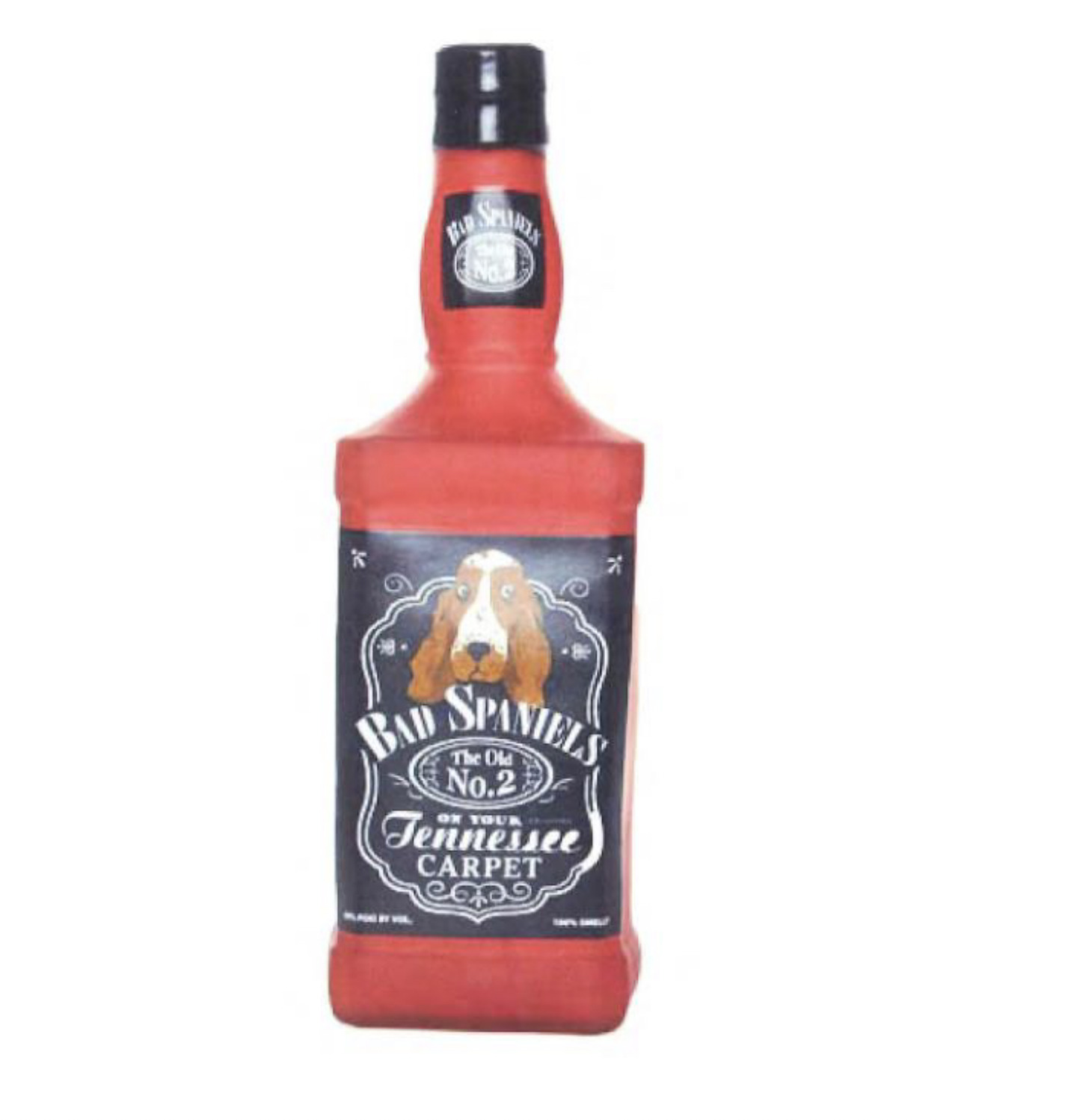If a Good is not a Good, then a Trademark is not a Trademark | Buckingham, Doolittle & Burroughs, LLC
The Trademark Trial and Appeal Board (TTAB) adopted a new rule for evaluating whether non-syndicated news columns are “goods in trade” under the Lanham Act in In re The New York Times Company, a precedential opinion issued on March 30, 2023.[1] If the answer is “no,” then any title of such a column must be refused registration for failure to function as a trademark. Since the “function” of a trademark is to indicate of a source of goods, if the good that a purported trademark represents is not actually a good, then the trademark is not actually a trademark and cannot be registered.
This story beings with the New York Times filing six trademark applications for the titles of non-syndicated columns appearing exclusively in its newspaper publication.[2] The examining attorney refused registration on the ground that each of the titles fails to function as a trademark because they are not used on separate goods in trade. Rather, each title only identifies different parts of the same good, namely, the New York Times newspaper. The examining attorney contended that consumers would not perceive titles used in this way as a source indicator, and cited long-standing USPTO policy explicitly directing examiners to reject applications to register non-syndicated column titles for failure to function.[3]
However, the TTAB panel disagreed with the examiner, indicating that the USPTO has already carved out an exception whereby non-syndicated column titles can be registered if the applicant can prove that the title has acquired the necessary distinctiveness to function as a trademark. According to the panel, this exception is an acknowledgment by the USPTO that non-syndicated news columns can be goods in trade under the right circumstances. A reasonable inference. If they could never be goods in trade then it should not matter how much distinctiveness the title acquires. Trademarks represent goods; if a column is not a good, then its title cannot be a trademark. The panel further pointed out that the case law upon which the USPTO’s policy is based pre-dates the Internet, drawing the obvious conclusion that the Internet has changed the way we consume information. With common search engines like Google, we can separately search for and consume a news column without seeking out the full publication.
Seizing the opportunity for a much-needed update to USPTO policy, the TTAB adopted the Federal Circuit’s Lens.com rule for evaluating goods in trade refusals.[4] Lens.com provides a three-factor test for “goods in trade.” The TTAB’s application of the Lens.com test to evaluating non-syndicated news column titles can be generalized in the form of three questions, as follows:
- Question 1: is the column simply a conduit or tool useful only for obtaining the publication in which it appears?
- Question 2: is the column so inextricably tied to and associated with the publication in which it appears as to have no viable existence apart it?
- Question 3: is the column only sold with the publication in which it appears, and does it otherwise have any independent value apart from the publication?
The panel found that, in this case, the answers to these three questions all turn on the fact that modern readers can search for and consume individual columns separate and apart from the larger publication. Therefore, the column is not merely a tool for obtaining the publication, and it has an independent existence and value separate from the larger publication. Accordingly, the TTAB found that the New York Times’ columns are goods in trade, reversing the examiner allowing all six trademark applications.
[1] In re The New York Times Company, TTAB proceeding no. 90/106,071 (March 30, 2023)
[2] Application Serial Nos. 90106071, 90112154, 90112577, 90115155, 90115491, and 90115337/
[3] TMEP § 1202.07(a)(ii) citing In re Broadcast Publications, 135 USPQ 374 (TTAB 1962) and Ex parte Meredith Publishing, 109 USPQ 426 (Comm’r Pats. 1956).
[4] Lens.com, Inc. v. 1-800 Contacts, Inc., 686 F.3d 1376, 1382 (Fed.Cir.2012).






